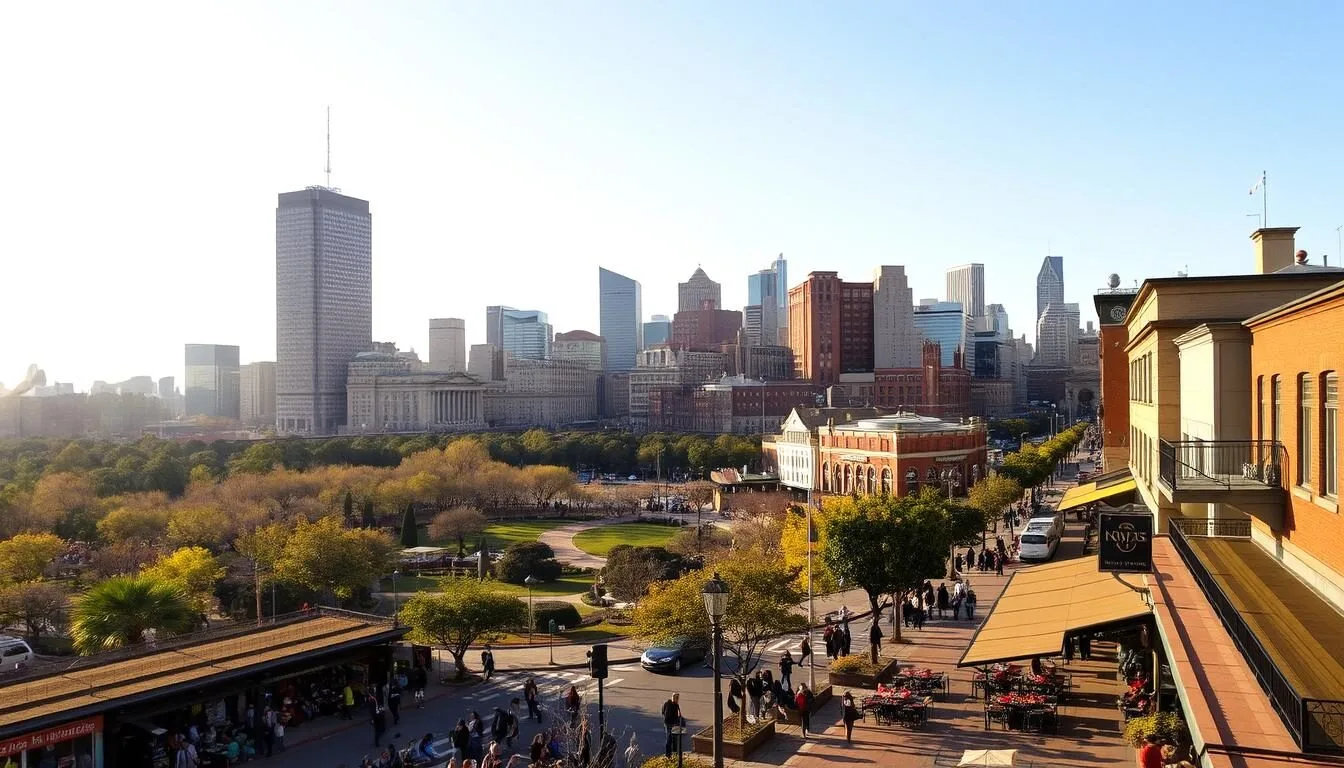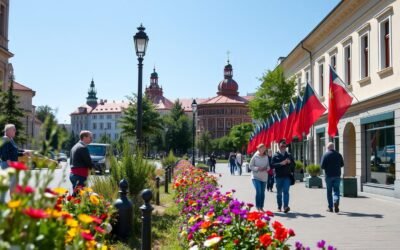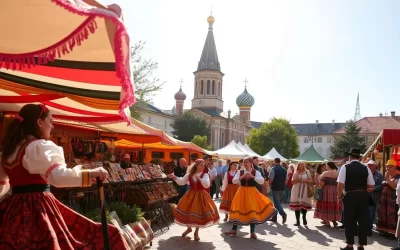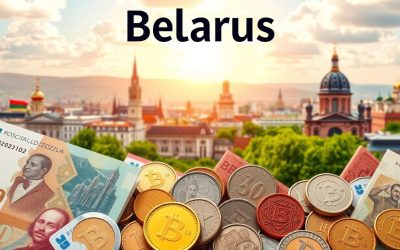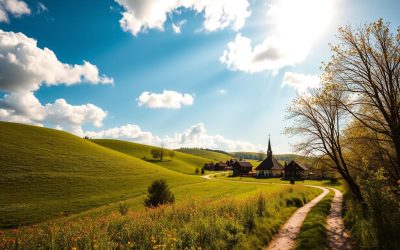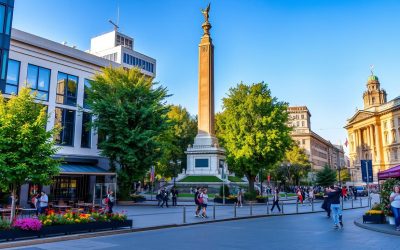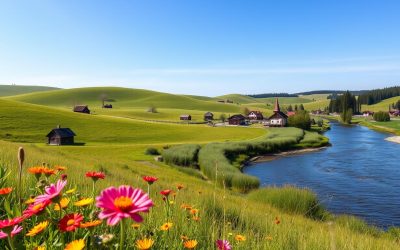✓ Accommodations✓ Flights✓ Rental Cars
Imagine strolling through a vibrant city with a blend of Soviet architecture and modern developments. Minsk, the capital of Belarus, offers a unique cultural experience that will leave you fascinated.
As you plan your day in this fascinating country, you’ll find that there’s no shortage of exciting activities to enjoy. From historical landmarks to cultural attractions, Belarus has something for everyone.
Whether you’re looking for the perfect place to start your adventure or want to make the most of your travel experience during the time of your visit, our guide will help you navigate the best of Belarus.
Discovering Belarus: A Land of Rich Cultural Heritage
As you step into Minsk, the capital city of Belarus, you’re immediately immersed in a world of rich cultural heritage. Minsk is a beautiful city with plenty to discover, from its fascinating history to its vibrant cultural scene.
The city’s cultural heritage is a unique blend of Eastern and Western influences, shaped by its strategic location between Russia and Europe. This blend is evident in its architecture, museums, and cultural institutions, offering a diverse experience for visitors.
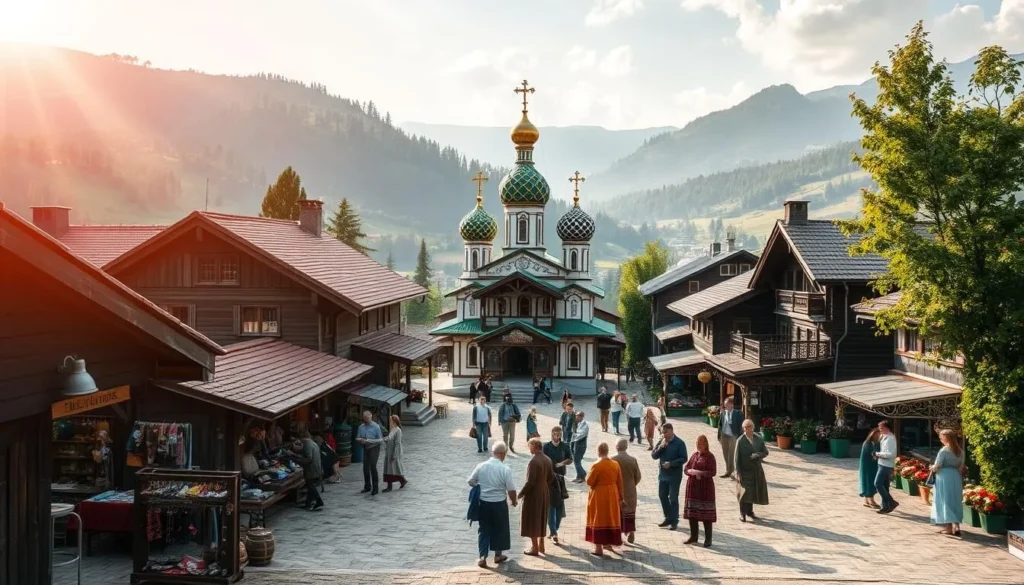
As you explore Minsk, you’ll discover how the city’s history has contributed to its cultural identity. The resilience of Belarusian cities, rebuilt multiple times throughout history, particularly after World War II, is a testament to the nation’s strength and spirit.
Traditional Belarusian crafts, folklore, and customs continue to be celebrated in modern city life, providing a glimpse into the country’s history. You’ll have the opportunity to experience the warmth of Belarusian hospitality as you visit museums, historical sites, and cultural institutions.
Belarus preserves its cultural heritage while embracing contemporary developments in its major city. This blend of old and new makes Minsk a fascinating city to explore, with its rich cultural landscape and vibrant atmosphere.
As you wander through the city streets, you’ll appreciate the efforts made to preserve the cultural heritage, making Belarus a unique destination for travelers.
Best Time to Visit Belarus
The best time to visit Belarus depends on your preferences, whether you’re looking for pleasant summer weather or a magical winter wonderland. Belarus offers a unique experience in every season.
Summer, from June to August, is ideal for those who enjoy warm weather and long days. Temperatures average 20-25°C (68-77°F), making it perfect for exploring outdoor attractions. You can take advantage of the longer daylight hours, giving you more time each day for sightseeing and outdoor activities.
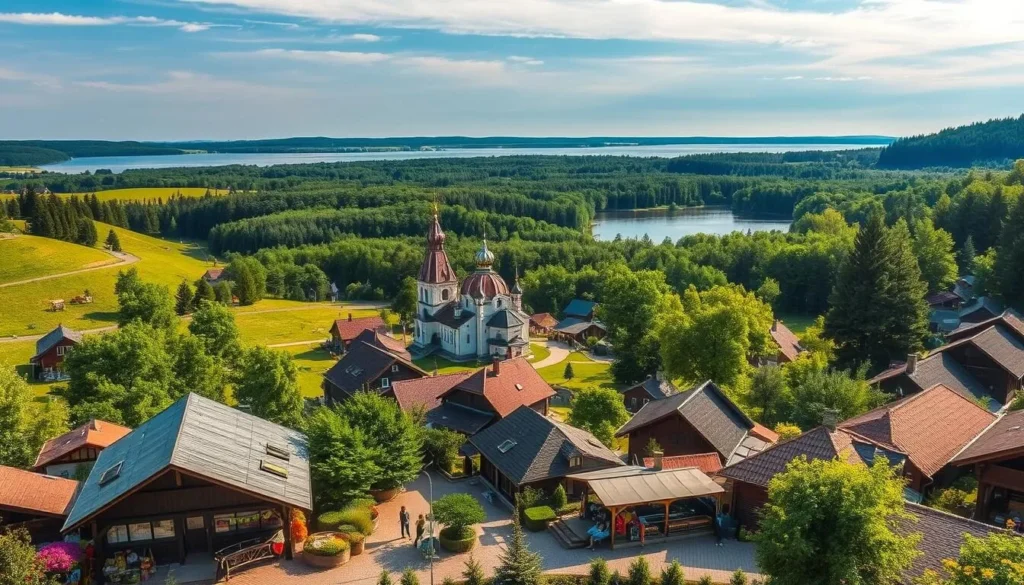
On the other hand, winter (December-February) transforms Belarus into a winter wonderland. Cities are covered in snow, and Christmas markets create a festive atmosphere. If you’re looking for a unique winter experience, this is the best time to visit Belarus.
Avoid the shoulder seasons (late March to early April and late October to November) when rain and melting snow can make outdoor activities less enjoyable.
| Season | Weather | Activities |
|---|---|---|
| Summer (June-August) | Warm, 20-25°C (68-77°F) | Outdoor attractions, sightseeing |
| Winter (December-February) | Cold, snowy | Christmas markets, winter sports |
Plan your visit around Belarus’s national holidays and festivals for an authentic cultural experience. Consider that hotel prices and availability vary by season, with summer being peak tourist time and winter offering better deals outside the holiday season.
Exploring Minsk: The Capital City
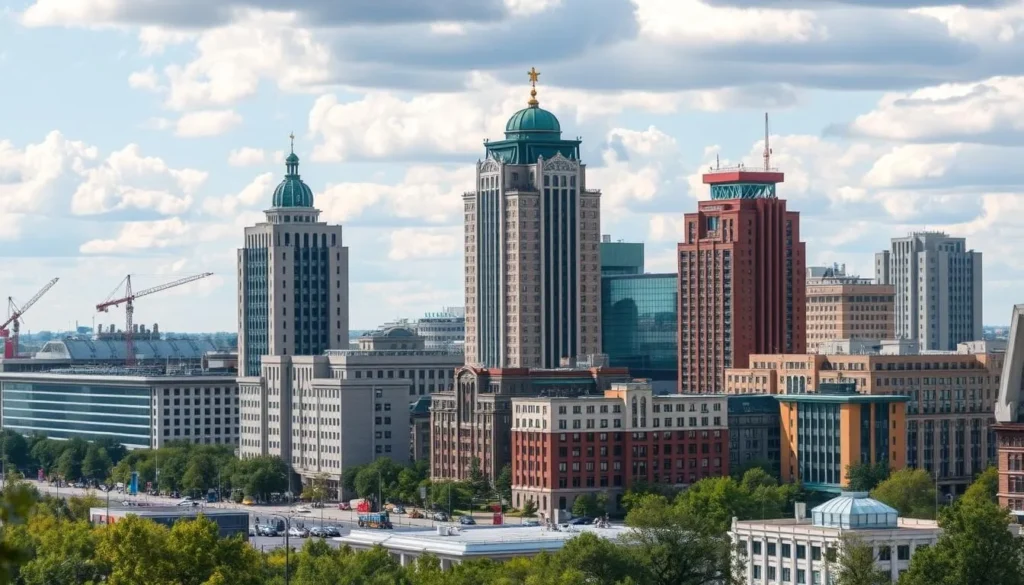
As you embark on your Belarusian adventure, the dynamic capital city Minsk is where your journey truly begins. You’ll stay in Minsk for 9 nights, giving you ample time to discover the city’s many wonders. Minsk is a beautiful city with plenty to discover, from its wide avenues and imposing Stalinist architecture to its emerging contemporary cultural scene.
The city was almost completely rebuilt after World War II, resulting in its distinctive landscape. Plan to spend at least 2-3 days exploring the main attractions of Minsk to fully appreciate what the city has to offer. You’ll experience the unique contrast between meticulously preserved Soviet-era monuments and the vibrant cultural scene that’s developing.
Visit the Upper Town (Верхні Горад) area to see some of the few pre-war buildings that survived, offering a glimpse into Minsk’s earlier history. You can also explore the city’s efficient metro system, not only as a means of transportation but as an attraction itself with its ornate Soviet-style stations.
Minsk is renowned for being one of the cleanest capital cities in Europe, with numerous parks and green spaces perfect for leisurely day walks. Take advantage of these places to unwind and enjoy the city’s serene atmosphere. Whether you’re strolling through the city on a day out or experiencing its nightlife, Minsk has something for everyone.
As you explore Minsk, you’ll have a rich experience that blends history, culture, and modernity. The city’s unique character makes it a compelling destination, and you’re sure to leave with unforgettable memories of your time in this captivating city Minsk.
Prospekt Nezavisimosti: Minsk’s Iconic Avenue
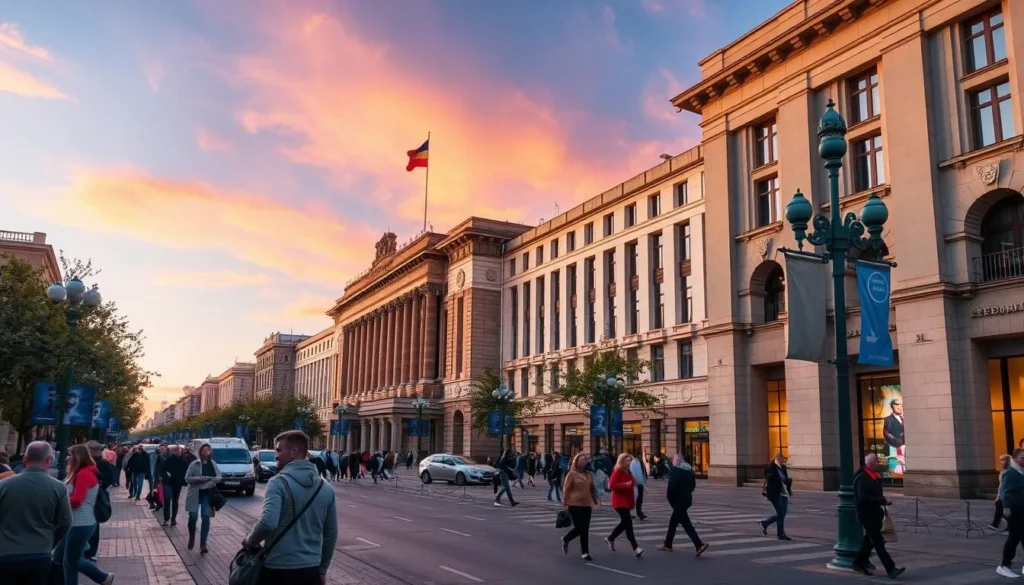
Stretching over 15 kilometers through the heart of Minsk, Prospekt Nezavisimosti is an iconic avenue that embodies the city’s spirit. As you walk along this impressive landmark, you’ll be surrounded by the grand Stalinist architecture that lines the avenue, a testament to the city’s rich history and cultural heritage.
The avenue is home to numerous key attractions, including Independence Square, October Square, Victory Square, and the main post office. These landmarks not only showcase the city’s architectural splendor but also offer a glimpse into its storied past.
As you visit these attractions, take time to marvel at the monumental architectural style of the mid-20th century that defines the avenue. The numerous shops, cafes, and restaurants along Prospekt Nezavisimosti make it a central place for both locals and tourists to gather and enjoy the city’s vibrant atmosphere.
Experiencing Prospekt Nezavisimosti at different times of day reveals its dynamic character, from the bustling activity of daytime to the dramatic illumination at night, highlighting the architectural details. This grand boulevard is not just a transportation artery but a symbol of the city’s resilience and rebirth after World War II, making it a must-visit destination in Minsk.
As you explore this iconic city avenue, you’ll discover that Prospekt Nezavisimosti is more than just a street – it’s an experience that encapsulates the essence of Minsk. With its rich history, cultural significance, and architectural grandeur, Prospekt Nezavisimosti stands as one of the city’s most treasured iconic landmarks and attractions.
Belarus: Best Things to Do – Top Picks for History Lovers
History lovers will find Belarus to be a captivating country, filled with museums, monuments, and memorials that narrate its complex history.
Great Patriotic War Museum
The Great Patriotic War Museum in Minsk is a must-visit for anyone interested in understanding the depth of Belarus’s involvement in World War II, or the Great Patriotic War as it’s known locally.
This museum is one of the most comprehensive in Europe, featuring over 8,000 exhibits across 24 halls that chronicle the war’s impact on the country.
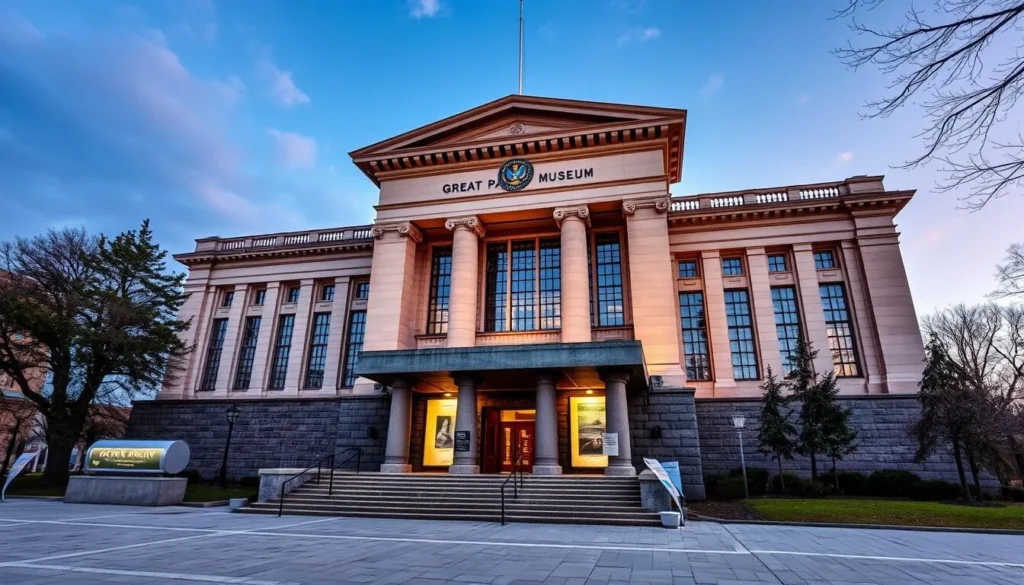
Victory Monument
Located in Victory Square, the Victory Monument stands as a powerful tribute to Belarus’s resilience during the Great Patriotic War, with its 38-meter obelisk and eternal flame symbolizing the country’s status as a hero city.
This monument is not only a significant historical landmark but also an architectural marvel that honors the sacrifices made during the war.
Sons of the Fatherland Monument
The Sons of the Fatherland Monument is a poignant memorial dedicated to the Belarusian soldiers who lost their lives in Afghanistan during the Soviet-Afghan War.
This monument serves as a reminder of the country’s complex history and the sacrifices made by its people, offering a unique insight into Belarus’s role in international conflicts.
Belarus’s historical sites, such as these museums and monuments, provide a window into the country’s past, showcasing its rich history and the events that have shaped its identity.
By exploring these sites, visitors can gain a deeper understanding of Belarus’s significance in the context of the Patriotic War and its ongoing legacy.
Trinity Hill (Troitskoye Predmestye): Minsk’s Historic District
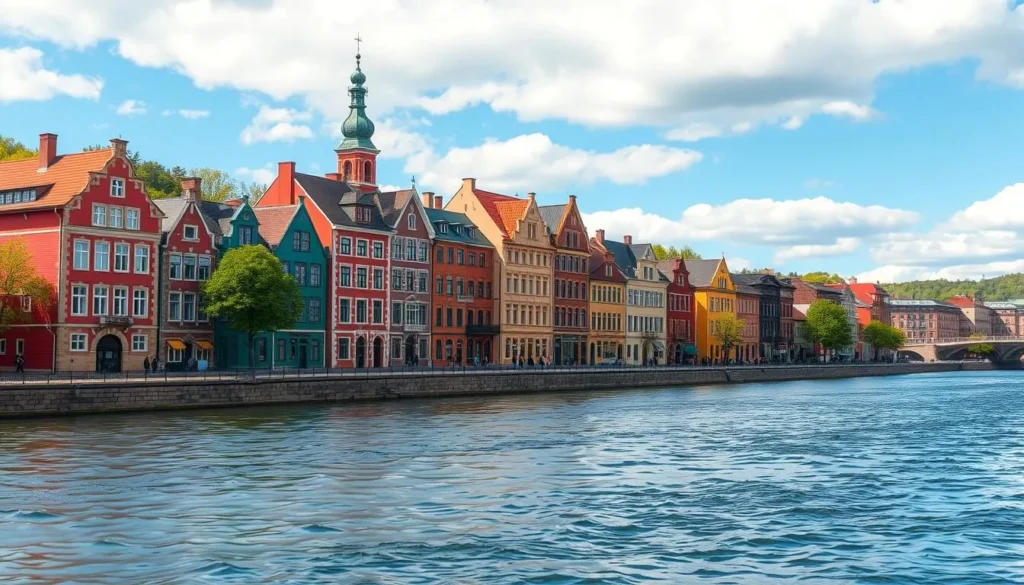
Step into the charming world of Trinity Hill, Minsk’s historic district that stands out for its unique character. This enchanting neighborhood is a must-visit when in Minsk, offering a blend of history, culture, and natural beauty.
As you explore Trinity Hill, you’ll be transported back in time. The area features colorful 19th-century buildings along the Svisloch River, creating a picturesque landscape. Wander through the cobblestone streets and experience the meticulously reconstructed pre-Soviet Minsk, a rare find in a city largely rebuilt after WWII.
The district is not just a tourist attraction; it’s a living cultural space. You’ll find numerous artisan shops, galleries, and museums showcasing traditional Belarusian crafts and contemporary art. The area is perfect for those looking to experience the local culture and creativity.
One of the highlights of visiting Trinity Hill is experiencing its romantic atmosphere at sunset. The pastel-colored buildings glow in the evening light, making it a photographer’s paradise. You can also enjoy a meal or drink at one of the cozy cafes or restaurants, many of which offer traditional Belarusian cuisine with riverside views.
Trinity Hill is also connected to the Island of Tears memorial by a footbridge, a moving monument dedicated to Belarusian soldiers who died in Afghanistan. This adds a layer of depth to your visit, making it not just a leisurely stroll but also a moment to reflect on history.
In summary, Trinity Hill is a historic district that reflects the essence of Minsk. It’s a place where you can step back in time, enjoy the local culture, and experience the city’s unique atmosphere. Make sure to visit this standout neighborhood during your stay in Minsk.
Architectural Marvels in Belarus
As you explore Belarus, you’ll discover a wealth of architectural treasures that showcase the country’s unique history. The country’s strategic position at the crossroads of Eastern and Western European cultural influences has resulted in a diverse architectural heritage.
Belarus’s architecture is characterized by a mix of historical and modern structures, including medieval Orthodox churches, striking Soviet modernism, and contemporary designs. You can appreciate the contrast between the Soviet monumentalism that dominates much of Minsk’s city center and the pockets of historical architecture that survived World War II.
National Library of Belarus
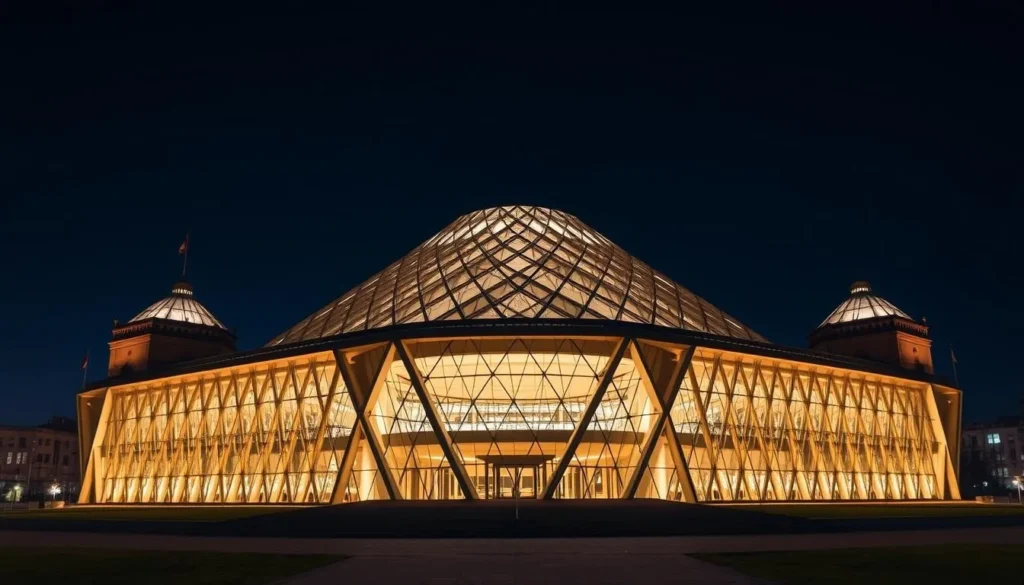
The National Library of Belarus is an iconic landmark in Minsk, featuring a unique rhombicuboctahedron design illuminated by 4,646 LEDs at night. The library offers panoramic views of the city from its observation deck, making it a must-visit attraction.
Church of Saints Simon and Helena (Red Church)
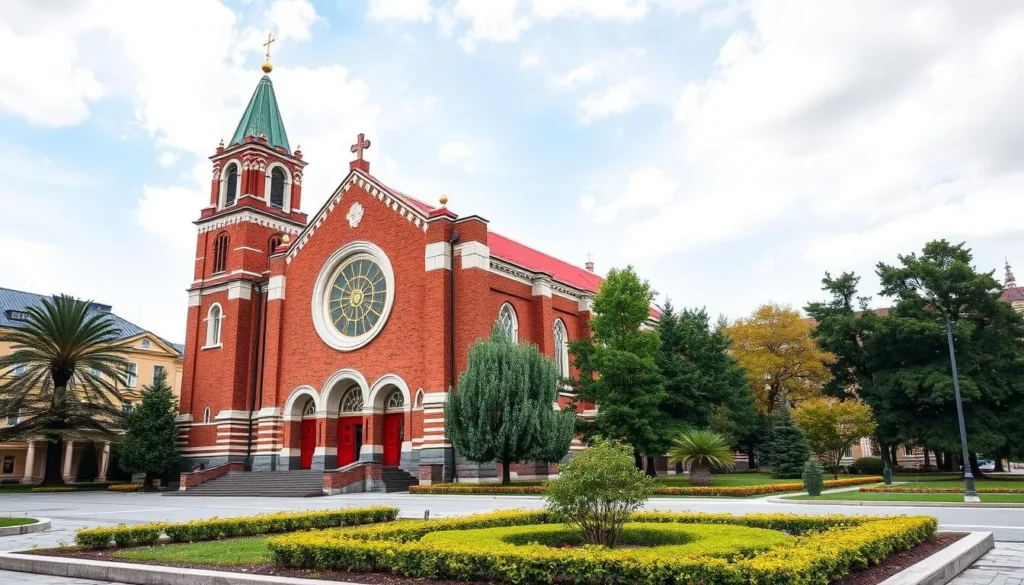
The Church of Saints Simon and Helena, commonly known as the Red Church, is a neo-Gothic masterpiece built in 1910. This striking red-brick church has survived the Soviet era and remains a significant landmark on Independence Square.
Saint Elisabeth Convent
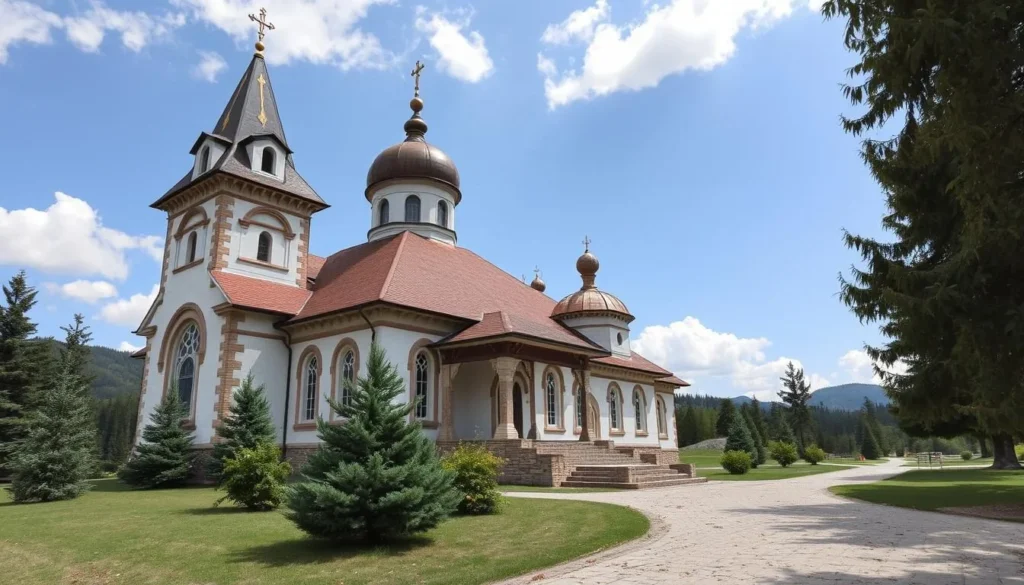
Saint Elisabeth Convent is a functioning Orthodox monastery established in 1999, known for its beautiful architecture and active charitable work in the city. The convent is a highlight of any visit to Minsk, showcasing the religious revival in Belarus since the 1990s.
Belarus’s architectural heritage is not only a reflection of its history but also a testament to its cultural resilience. As you explore the country’s cities, you’ll discover a blend of old and new, with historic churches standing alongside modern structures.
Parks and Green Spaces in Minsk
As you explore Minsk, you’ll discover that the city is dotted with beautiful parks and green spaces, making it one of Europe’s greenest capitals. These areas not only provide a peaceful escape from the urban landscape but also serve as the lungs of the city, offering residents and visitors alike places for recreation, relaxation, and community gatherings.
Victory Park
Victory Park is Minsk’s largest green space, centered around a man-made lake and featuring the impressive Isle of Birds and Isle of Courage and Grief memorials. This park is a popular local hot spot, attracting visitors with its serene atmosphere and historical significance.
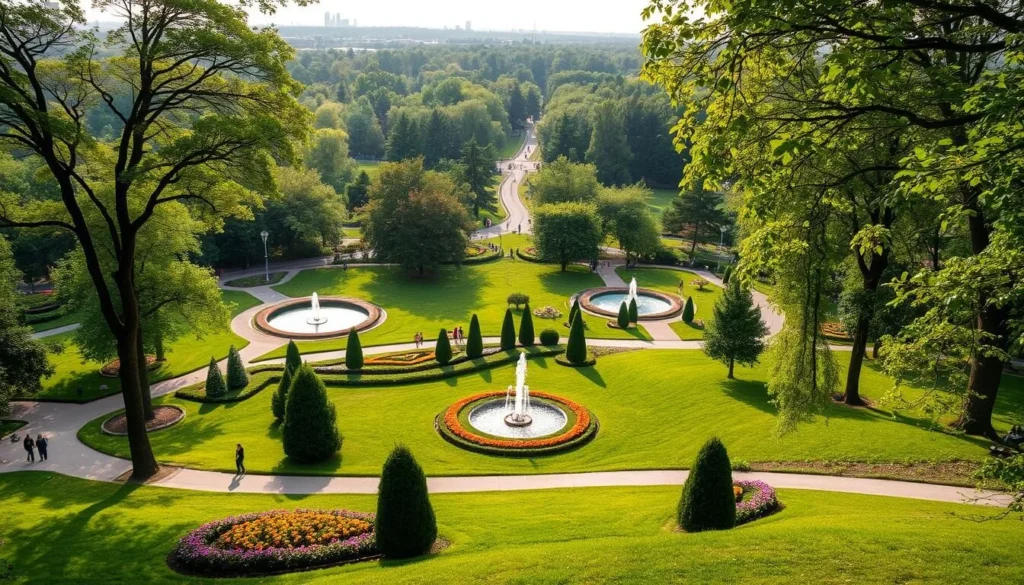
Gorky Park
Gorky Park, officially known as Park Horkaha, is one of the city’s oldest recreational areas. It boasts an observation wheel that offers panoramic views of Minsk, making it a must-visit attraction. The park is steeped in history and provides a unique blend of leisure and culture.
Lošycki Park
Lošycki Park is an eye-catching green space that was once an aristocratic estate. It features a 19th-century manor house, beautifully landscaped gardens, and centuries-old oak trees. Visitors can wander through the serene surroundings, enjoying the natural beauty and historical charm.
Čaliuskincaŭ Park of Culture and Recreation
Čaliuskincaŭ Park of Culture and Recreation is a family-friendly atmosphere that is popular among locals. The park offers amusement rides, sports facilities, and seasonal activities, making it an ideal place for a day out with family or friends.
| Park Name | Main Attractions | Atmosphere |
|---|---|---|
| Victory Park | Man-made lake, Isle of Birds, Isle of Courage and Grief memorials | Serene, historical |
| Gorky Park | Observation wheel, panoramic views | Leisure, cultural |
| Lošycki Park | 19th-century manor house, landscaped gardens, oak trees | Serene, historical |
| Čaliuskincaŭ Park | Amusement rides, sports facilities, seasonal activities | Family-friendly |
In conclusion, Minsk’s parks and green spaces are a vital part of the city’s landscape, providing numerous benefits for both residents and visitors. By understanding the importance of these areas, you can appreciate the city’s commitment to preserving nature and promoting community well-being.
Museums and Cultural Attractions
The cultural landscape of Belarus is dotted with museums that offer insights into its complex past and vibrant present. You can immerse yourself in the country’s rich cultural heritage by visiting its diverse range of museums.
Belarusian National Arts Museum
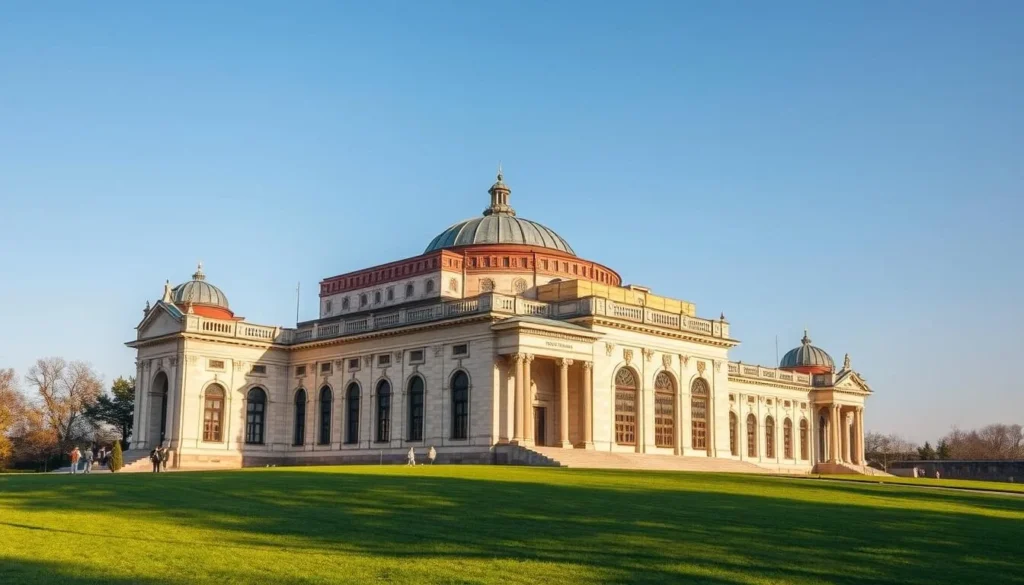
The Belarusian National Arts Museum is the country’s largest art collection, featuring over 30,000 works that span Belarusian, Russian, and European art history. You can explore the extensive collection to gain a deeper understanding of Belarus’s artistic heritage.
Belarusian National History and Culture Museum
For a comprehensive look at Belarus’s complex past, visit the Belarusian National History and Culture Museum. This museum takes you on a journey through the country’s history from prehistoric times to the present day.
Experimentus Museum
At the Experimentus Museum, you can experience hands-on learning with interactive science exhibits. This modern museum is perfect for visitors of all ages, making science accessible and fun.
In addition to these major museums, you can discover smaller specialized museums throughout Belarus that highlight unique aspects of the country’s history. To fully experience the collections and exhibitions, plan to spend at least 2-3 hours at each major museum, many of which offer guided tours in multiple languages.
Local Markets and Unique Experiences
Discover the essence of Belarus by visiting its local markets and enjoying the country’s distinctive cultural offerings. You will have the opportunity to immerse yourself in the local Belarusian culture through authentic markets and unique experiences that showcase the country’s traditions and daily life.
Komarovsky Market
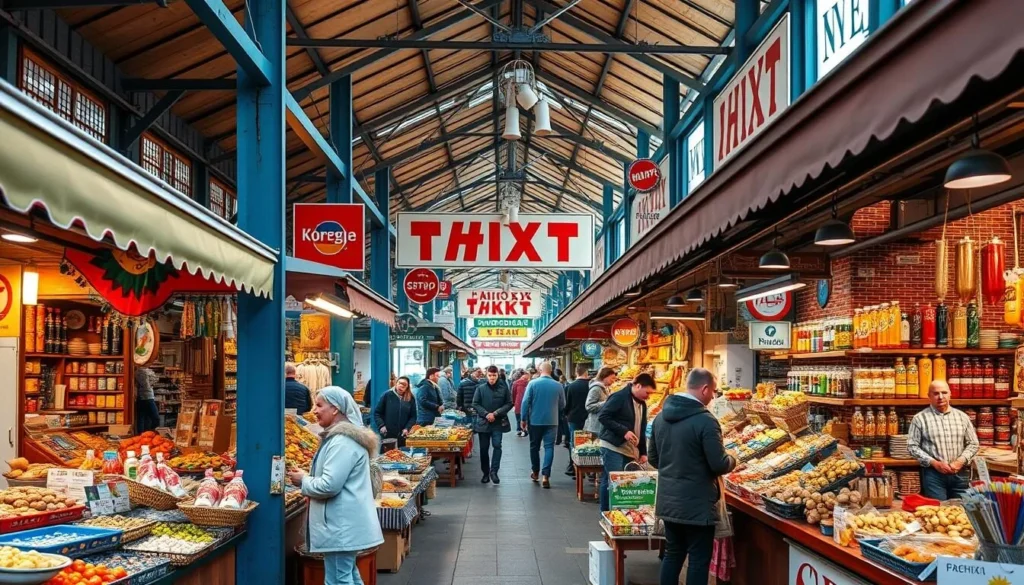
Komarovsky Market, Minsk’s largest and most famous food market, is a must-visit destination. Here, you can sample local delicacies, fresh produce, and interact with vendors in a lively atmosphere. This market is an ideal place to experience the authentic taste of Belarus.
Beer Museum Alivaria
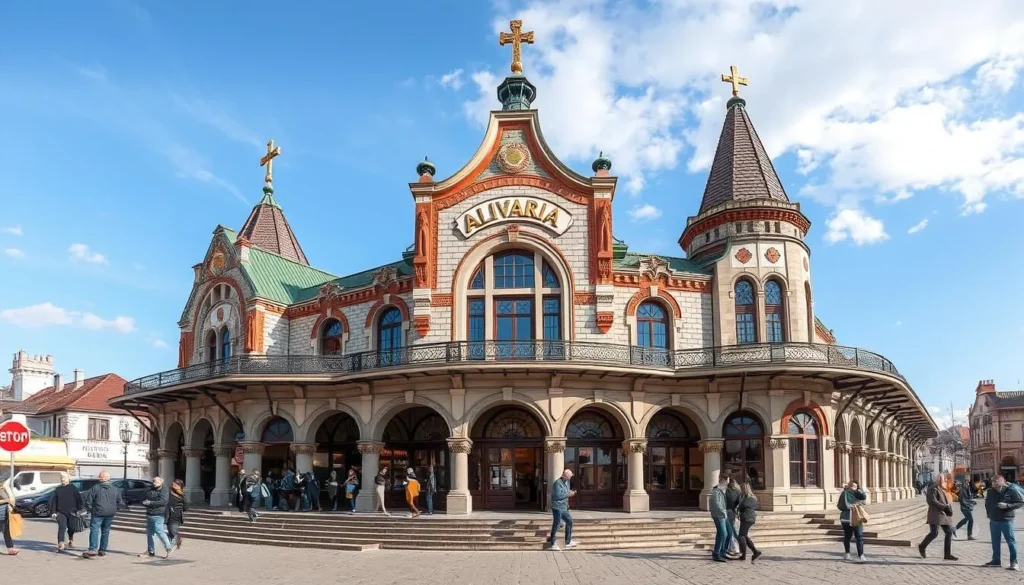
The Beer Museum Alivaria, housed in a historic brewery dating back to 1864, offers a unique insight into Belarus’s brewing traditions. You can learn about the history of brewing in Belarus and enjoy tastings of local craft beers in this fascinating museum, a favorite among locals and travelers alike.
Visiting these local markets and unique cultural attractions not only provides a glimpse into everyday life in Belarus but also highlights the city‘s rich cultural heritage. By experiencing the contrast between traditional markets and modern shopping centers, you can gain a deeper understanding of contemporary city life in Belarus.
These local gathering places serve as important social hubs for communities across the country, offering more than just commercial spaces. They provide a unique opportunity to observe everyday Belarusian life and interact with locals outside the typical tourist attractions, giving you insights into Belarusian culture that you won’t find in guidebooks or standard city tours.
Day Trips and Excursions from Minsk
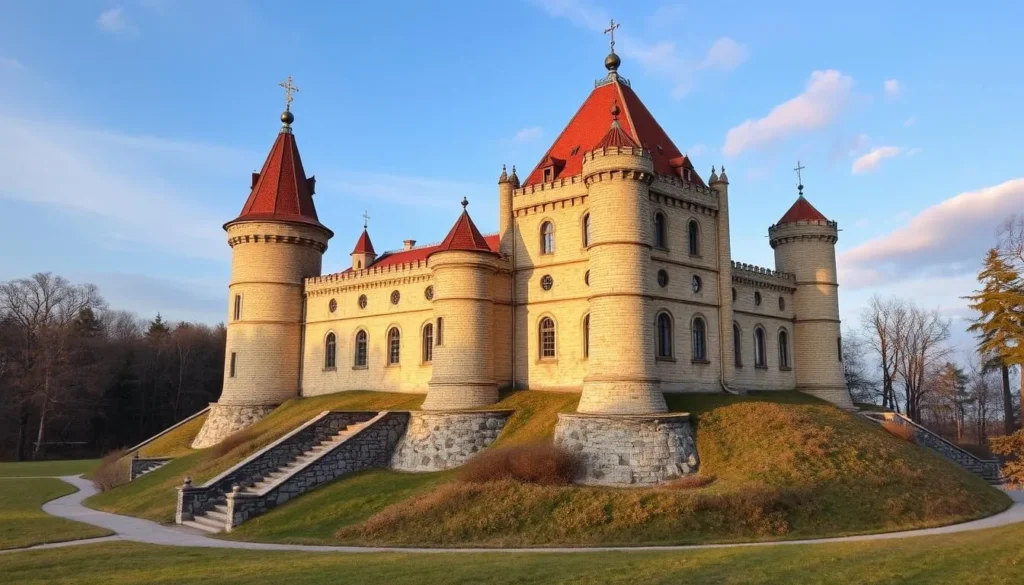
Minsk serves as an ideal base for exploring the surrounding region, with numerous day trip opportunities to historic sites and natural wonders. You can expand your Belarus experience beyond the capital by visiting historic towns, castles, and natural attractions within easy reach of Minsk.
One of the top day trip destinations is the Mir Castle Complex, a UNESCO World Heritage site located about 90 km from Minsk. This stunning 16th-century fortress showcases a blend of Gothic, Baroque, and Renaissance architectural elements. Experience the grandeur of this historical landmark.
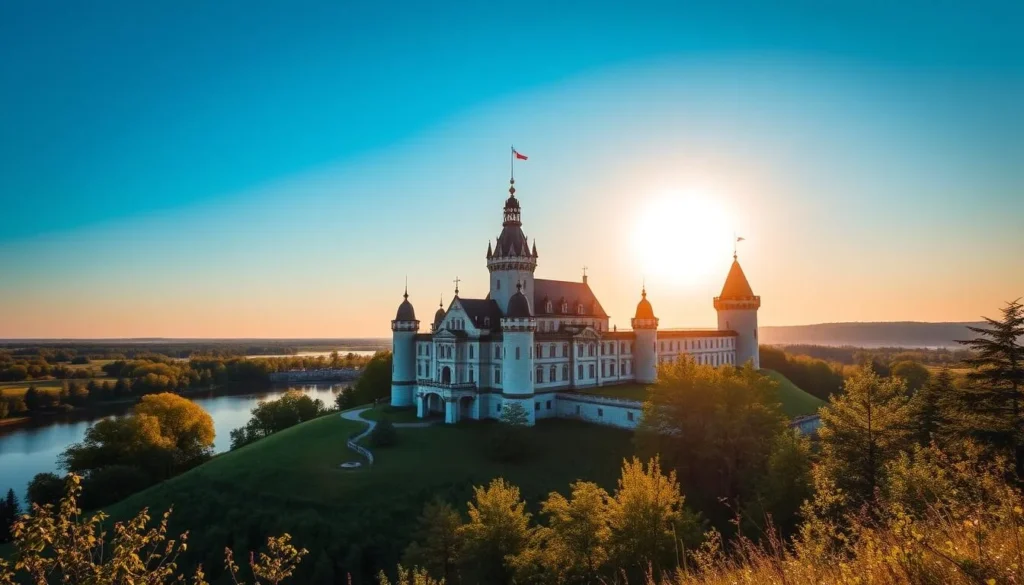
Another significant site is the Nesvizh Palace and Park Complex, also a UNESCO World Heritage site, situated about 120 km from Minsk. This complex was the former residence of the Radziwill family and features beautiful gardens and a picturesque lake. It’s a perfect place to immerse yourself in history and nature.
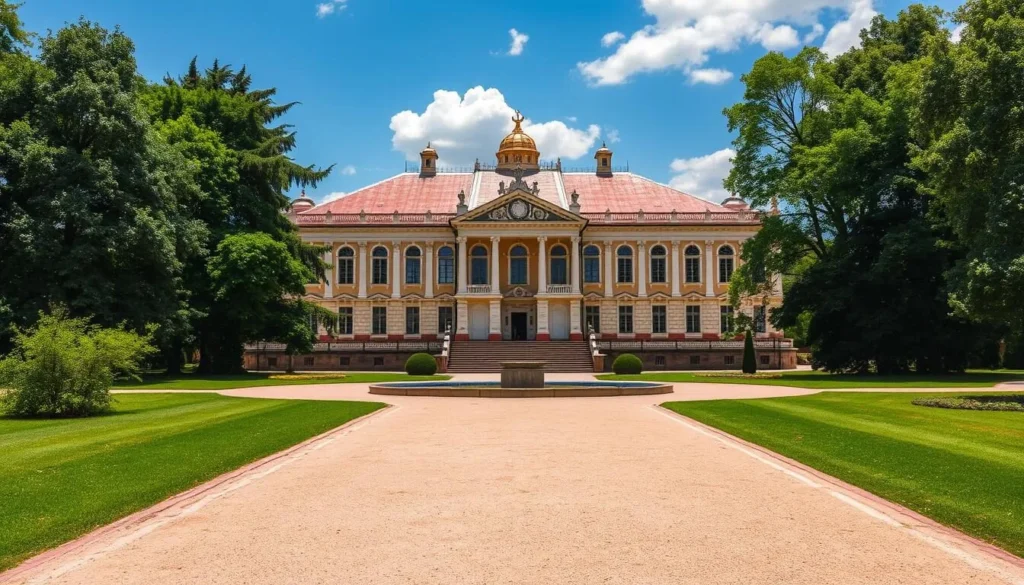
The Khatyn Memorial, located just 54 km from Minsk, is a solemn site commemorating a Belarusian village whose entire population was massacred during World War II. This memorial provides a poignant experience, reflecting on the history of Belarus.
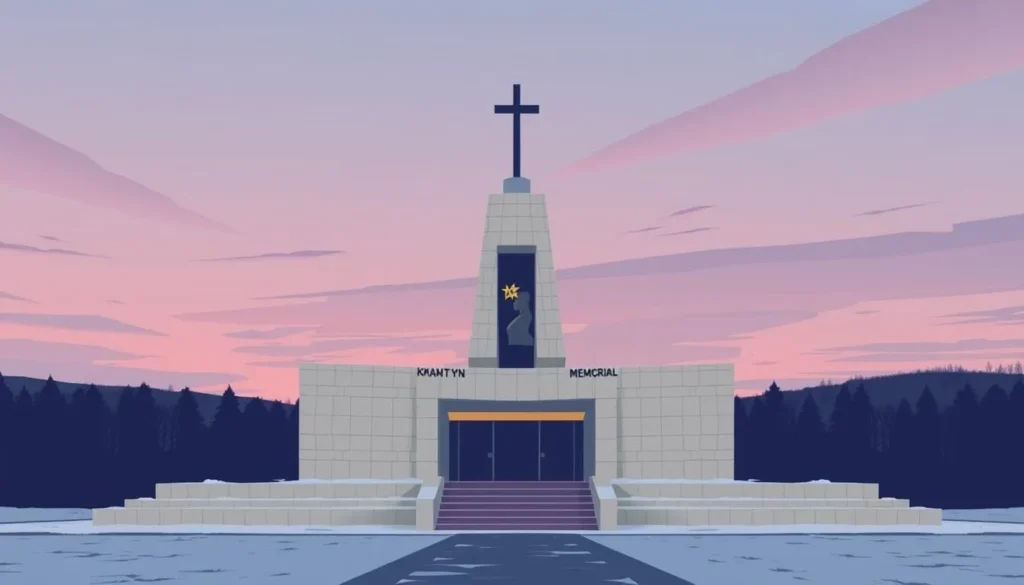
For those interested in exploring more of Belarus’s cultural heritage, the historic town of Grodno is a great destination. Located near the Polish border, Grodno has preserved much of its pre-war architecture and cultural heritage, offering a unique day trip experience.
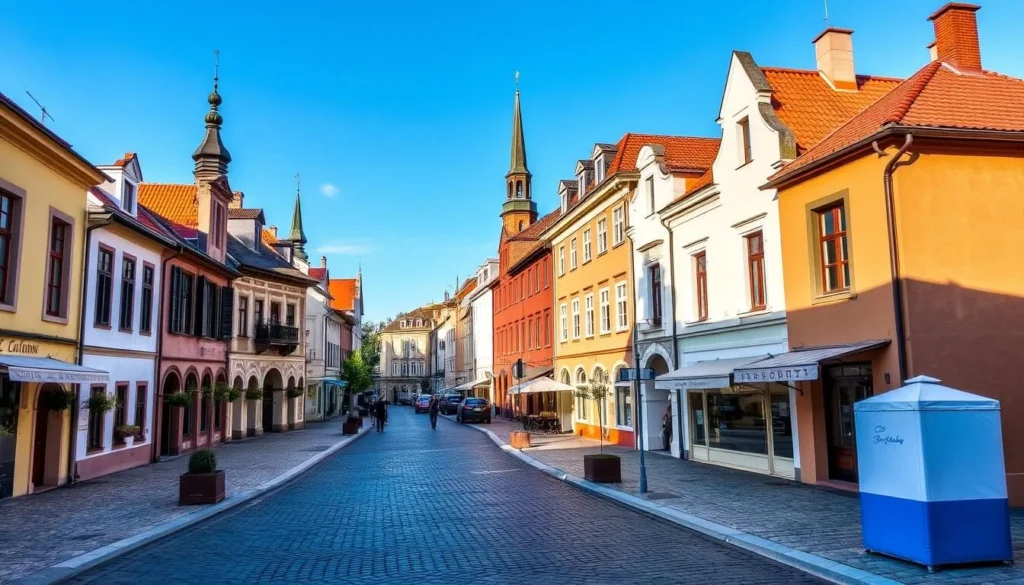
Lastly, Brest Fortress, located in the western city of Brest, is known for its heroic defense during the German invasion in 1941. While further from Minsk, it’s a significant historical site worth visiting, especially for those interested in military history.
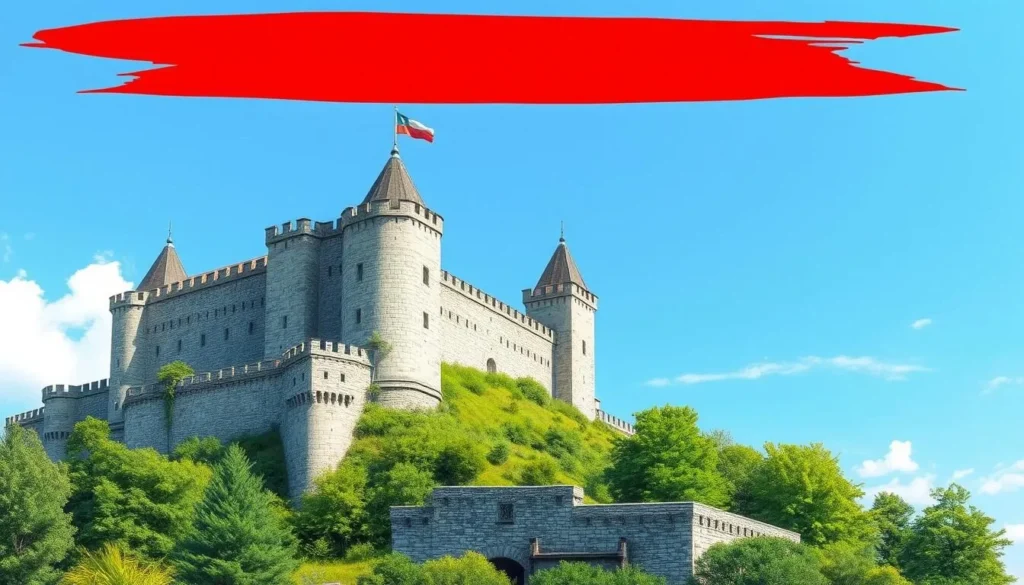
When planning these day trips, consider the transportation options available. Some sites are best reached by organized tour, while others are accessible via public transport from Minsk. This ensures a smooth and enjoyable experience as you explore the attractions Belarus has to offer.
Belarusian Cuisine: What to Eat and Drink
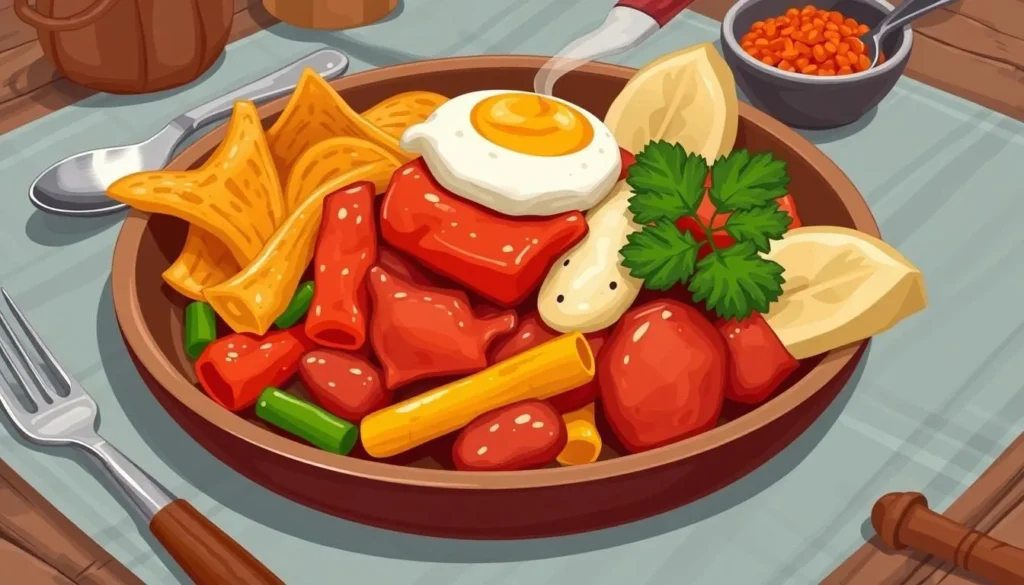
When exploring Belarus, you’ll discover a rich culinary heritage that reflects the country’s agricultural roots and seasonal ingredients. Belarusian cuisine is all about hearty dishes made with locally sourced produce, creating a unique dining experience that’s both traditional and flavorful.
One of the must-try dishes is draniki, the national dish of Belarus, consisting of grated potato pancakes typically served with sour cream or pork cracklings. You’ll find draniki on the menu in nearly every restaurant and home kitchen, making it a staple of Belarusian cuisine.
Another culinary delight is kalduny, Belarusian dumplings filled with meat, mushrooms, or cheese, showcasing the influence of neighboring culinary traditions. Be sure to eat at local eateries to sample these delicious dumplings.
For a truly authentic experience, try machanka, a thick, savory sauce with pieces of pork served with pancakes for dipping. This traditional dish is perfect for cold weather and is a great way to eat like a local.
When it comes to drinks, Belarus has its own unique beverages to drink. Try kvass, a fermented beverage made from black bread, or krambambulya, a honey-spiced vodka dating back to the 18th century. These traditional drinks are a great way to experience the local culture.
For those interested in craft beverages, visit local breweries and distilleries to sample Belarusian craft beers and vodkas. The craft scene has seen a renaissance in recent years, with new artisanal producers emerging. You’ll find the best place to enjoy these drinks in both upscale restaurants and humble local bars.
Whether you’re dining at an upscale restaurant or a local eatery, you’ll find the best place to enjoy traditional Belarusian cuisine. From modern interpretations of traditional dishes to time-honored recipes, there’s something for every palate.
Nightlife and Entertainment in Belarus
Experience the unique nightlife of Belarus, where tradition meets contemporary flair. The city of Minsk, in particular, offers a diverse range of entertainment options that cater to different tastes.
Best Bars in Minsk
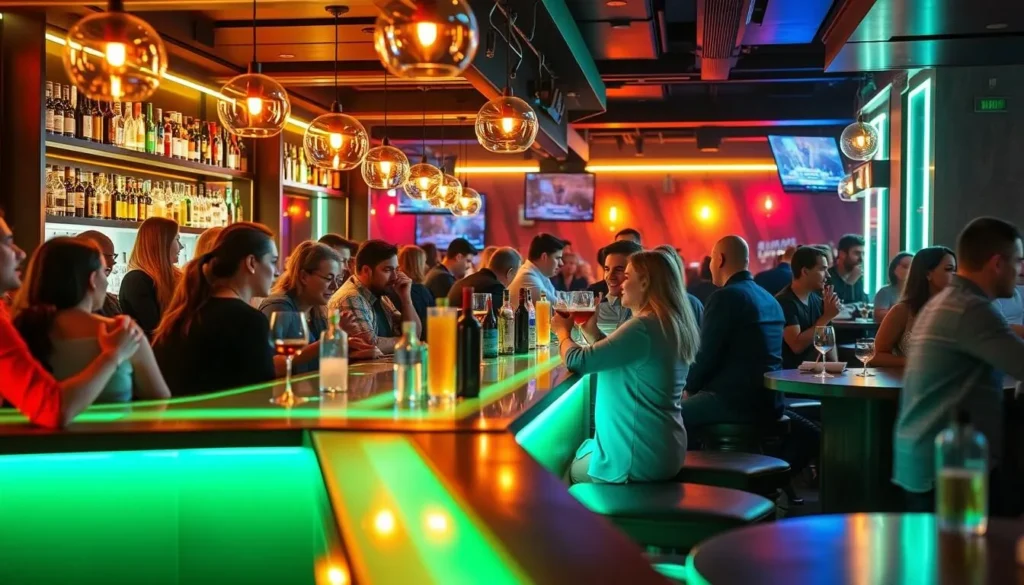
Minsk’s bar scene is thriving, with venues like Grimorka Bar, Embargo, and Bash Bar offering distinctive environments. Grimorka Bar is known for its lively evenings and memorable moments, while Embargo boasts a great selection of flavorful drinks in a charming setting. Bash Bar is perfect for those looking to extend their night with a touch of local flavor.
The bar district around Zybitskaya Street has become a hotspot, with converted industrial spaces now housing trendy bars and clubs, creating a unique atmosphere.
Cultural Performances and Events
Belarus is renowned for its cultural performances, with world-class venues like the Bolshoi Opera and Ballet Theater offering traditional and contemporary performances at affordable prices. The city hosts various seasonal events and festivals, including the Minsk International Film Festival “Listapad” and numerous music festivals throughout the year.
These events not only showcase local talents but also provide a platform for international artists, enriching the city’s cultural landscape and offering visitors a rich entertainment experience.
Practical Travel Tips for Belarus
To make the most of your visit to Belarus, it’s crucial to be well-prepared with practical travel tips that cover visa requirements, transportation, and local customs. Understanding these aspects will help you navigate the country smoothly and make the most of your time there.
Visa Requirements
Before your trip, check the visa requirements, as Belarus offers visa-free entry for up to 30 days for citizens of over 80 countries when arriving via Minsk National Airport. Ensure you understand the conditions and any necessary documentation to avoid any issues upon arrival.
It’s also a good idea to familiarize yourself with the local currency, the Belarusian ruble (BYN). While credit cards are widely accepted in cities, having some cash is advisable for smaller towns and rural areas.
Getting Around
Navigating Minsk is efficient using its clean, affordable, and punctual public transport system, including the metro, buses, and trams. These options make getting around the city straightforward. For day trips, consider using intercity trains, as Belarus has an extensive rail network connecting major cities with comfortable and time-efficient service.
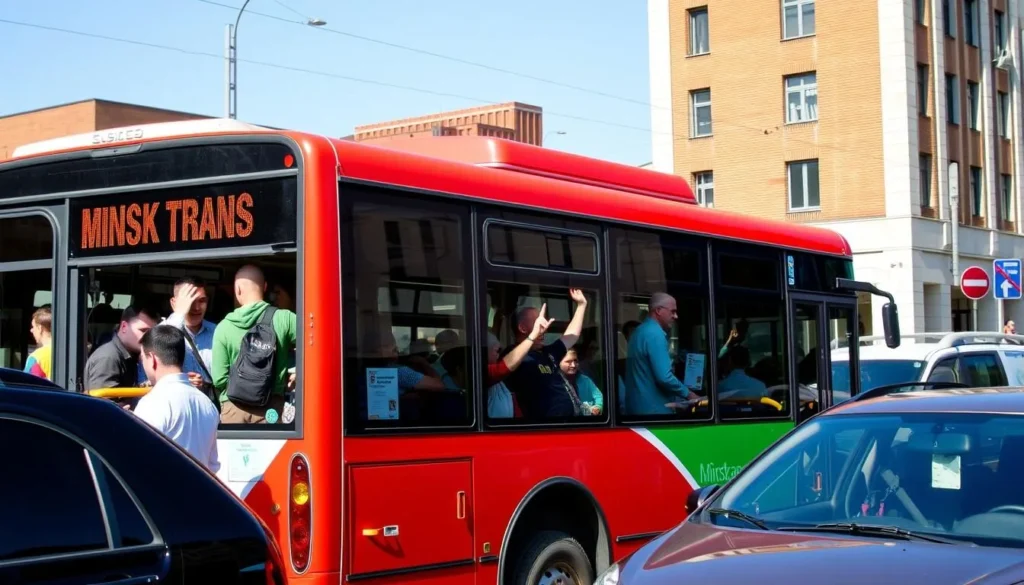
Language Tips
Learning a few basic Russian phrases before your visit can enhance your experience, as Russian remains the primary language of daily communication. While English is increasingly spoken by younger people and in tourist areas, showing respect for the local culture by speaking a few words in Russian can go a long way.
Additionally, respecting local customs and etiquette during your stay is important. This includes dressing more conservatively when visiting religious sites and removing shoes when entering someone’s home.
Where to Stay in Belarus
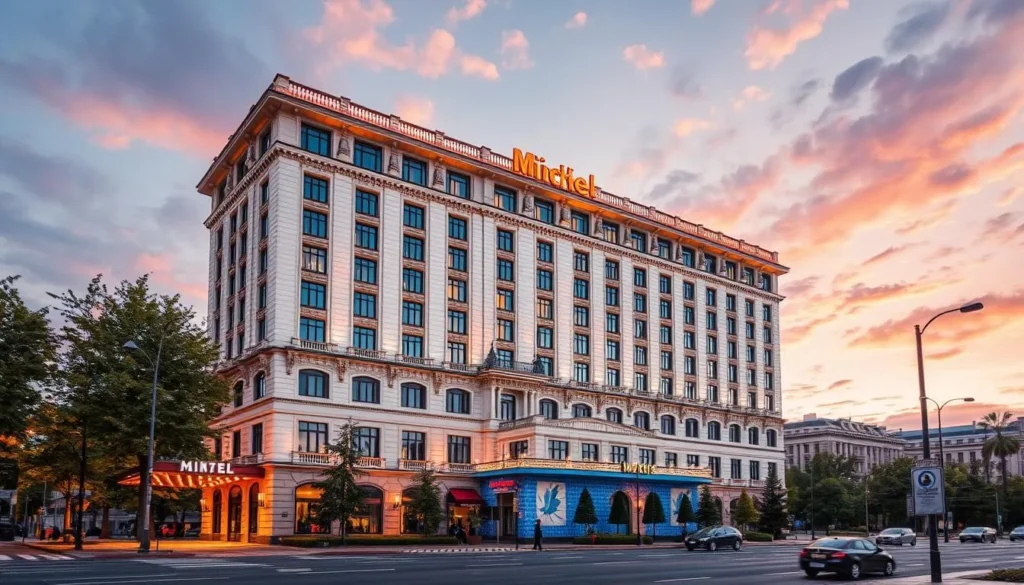
As you prepare for your journey to Belarus, selecting the perfect place to stay is essential for enjoying your time in Minsk. The city offers a diverse range of accommodations, from luxury international hotels to charming boutique properties and budget-friendly hostels.
When deciding on your stay in Minsk, consider the location carefully. Opting for accommodations in central Minsk provides convenient access to major attractions, restaurants, and nightlife. The area around Independence Avenue is particularly well-located, offering a vibrant atmosphere both day and night.
For a more historic atmosphere, consider staying near Trinity Hill or Nemiga. These areas offer easy access to cultural sites and restaurants, making them ideal for those who want to immerse themselves in the city’s heritage.
- Find the perfect place to stay in Belarus with options ranging from luxury international hotels to charming boutique properties and budget-friendly hostels.
- Choose accommodations in central Minsk for convenient access to major attractions, restaurants, and nightlife.
- Consider staying near Trinity Hill or Nemiga for a more historic atmosphere in the city.
- Book your accommodations well in advance if visiting during summer months or during major events.
- Expect check-in at most hotels to begin around 2-3 PM, with check-out typically by 12 PM.
- Experience excellent value compared to Western European prices, with even upscale hotels offering reasonable rates.
- Plan to stay at least 3-4 nights in Minsk to fully explore the city.
By choosing the right accommodation, you can enhance your experience in Minsk, enjoying all that the city has to offer, from its vibrant daylife to its exciting nightlife.
Conclusion: Why Belarus Should Be Your Next European Adventure
If you’re looking for an authentic European experience without the crowds, Belarus is the perfect destination. With its unique blend of Soviet heritage, emerging modernity, and preserved traditions, Belarus offers a fascinating adventure waiting to be explored.
As you plan your trip, you’ll find that Belarus is one of Europe’s safest countries, with low crime rates and a welcoming attitude toward international visitors. The capital city, Minsk, is a must-visit, with its iconic Prospekt Nezavisimosti and historic districts like Trinity Hill.
Consider extending your stay beyond Minsk to experience the country’s diverse landscapes. From the ancient forests of Belovezhskaya Pushcha National Park to the picturesque lakes of the north, there’s much to explore. Belarus’s central location in Eastern Europe makes it an excellent addition to a broader regional trip.
You’ll appreciate the value that Belarus offers travelers, with high-quality accommodations, dining, and cultural experiences available at prices significantly lower than in Western Europe. Whether you spend a day exploring local markets or a day enjoying the city’s nightlife, Belarus has something for everyone.
Return home with memories and stories from a destination that few in your social circle have likely experienced, making your Belarusian adventure truly special and conversation-worthy.
The above is subject to change.
Check back often to TRAVEL.COM for the latest travel tips and deals.
